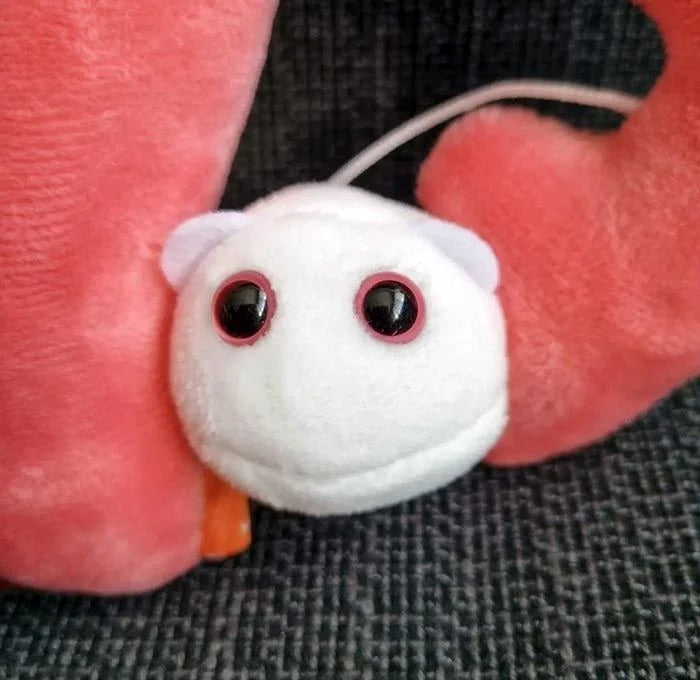You will not be allowed to compare more than 4 products at a time
View compareGiant Microbes Plush - Uterus
Giant Microbes Plush - Uterus
Hurry! Only left 5 in stock
Share
Couldn't load pickup availability
Estimated delivery: 12-26 days (International), 3-6 days (United States).
Return are within 30 days of purchase. No free shipping or returns.
Guarantee safe and secure checkout
Description
Description
Giant Microbes Plush - Uterus
These Giant Microbes Dolls are a Million times their Actual Size! GIANT microbes are health and science products for humorous, educational, collectible, and Smart fun! Products include printed cards with fun fascinating facts. Unique gifts for students, scientists, teachers, health professionals & anyone with a healthy sense of humor!
All About Uterus
Everyone starts life in a uterus where we develop during pregnancy. Each side of the uterus has an ovary with thousands of human eggs. Educational and funny get well soon gift.
Includes mini egg cells attached with magnets!
FACTS: Everyone starts life in a uterus where we develop during pregnancy. The uterus is shaped like an inverted pear. The fallopian tubes are on both sides along with two ovaries containing thousands of human egg cells. The ovaries also secrete the female hormones estrogen and progesterone.
The egg cell, or ovum, is the female reproductive cell. It is very large, unlike the tiny male reproductive sperm cell. The ovum contains cytoplasm and unwound DNA, which promotes internal movement and flow. While men produce millions of sperm during their lives, women are born with a lifetime trove of several million eggs. By adulthood, only about 400,000 remain. In fact, only about 450 of the millions of egg cells will ever even have a chance to become a baby.
Every day of a woman’s fertile life several dozen eggs begin developing. Normally only one egg will mature each month and take the daring journey down a fallopian tube where it has the chance of encountering eligible sperm.
When fertilized by a sperm, the egg becomes a zygote, which divides and moves into the uterine cavity. Here it implants itself in the inner membrane of the uterus. The cells keep dividing, growing and developing into a fetus lying snugly in amniotic fluid and nourished through the placenta. After nine months, the baby turns head down and departs into the world!
Reviews
Reviews
















